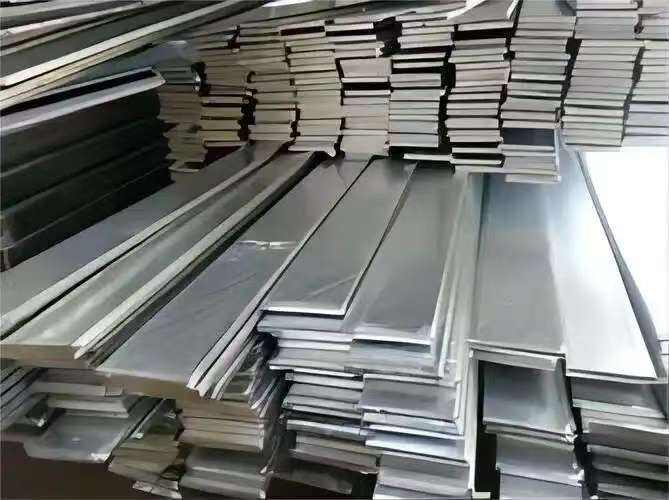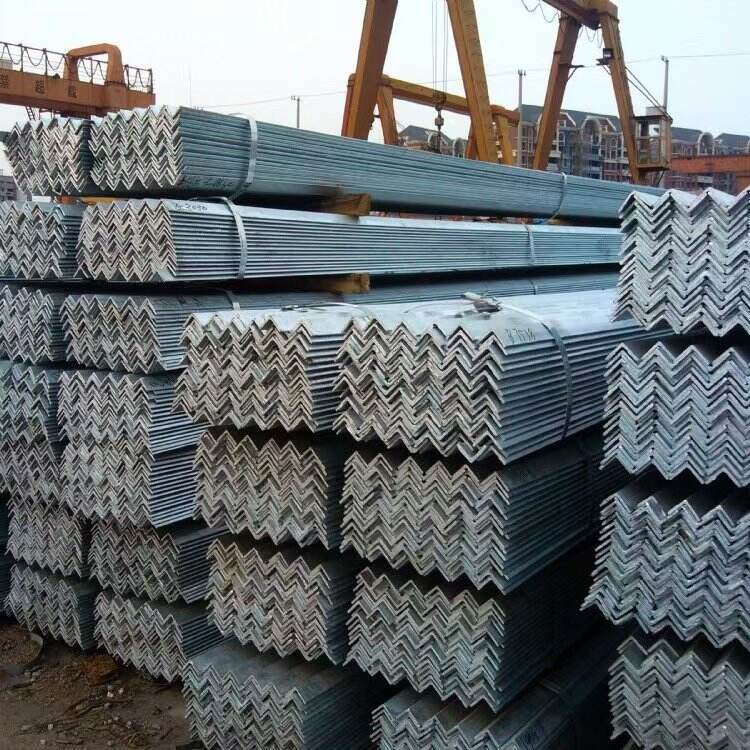alloy metal price
Alloy metal pricing represents a crucial aspect of the global metallurgical industry, encompassing various factors that influence market dynamics and trading decisions. This complex pricing system reflects the intricate balance between raw material costs, manufacturing processes, and market demand. The pricing structure typically accounts for the composition of different metals within the alloy, including primary elements like aluminum, copper, nickel, or titanium, along with secondary elements that enhance specific properties. Modern technological advancements in production methods and quality control systems have significantly impacted pricing mechanisms, ensuring more accurate cost assessments based on precise material specifications. The alloy metal price serves as a key indicator for various industries, including aerospace, automotive manufacturing, construction, and electronics, where specific alloy compositions are essential for product performance. Market analysts and industry professionals closely monitor these prices to forecast trends and make informed decisions about procurement strategies, inventory management, and product development initiatives. The dynamic nature of alloy metal pricing reflects global economic conditions, supply chain variables, and technological innovations in manufacturing processes, making it a vital metric for both suppliers and consumers in the metalworking industry.




